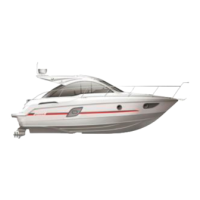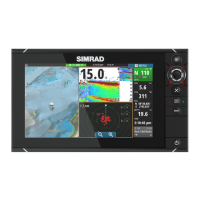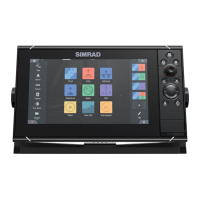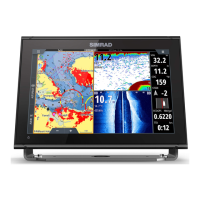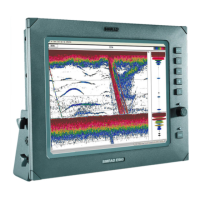Wiring
Guidelines
Don't:
• make sharp cable bends
• run cables in a way that allows water to flow down into the connectors
• run the data cables adjacent to radar, transmitter, or large/high current carrying cables or
high frequency signal cables
• run cables so they interfere with mechanical systems
• run cables over sharp edges or burrs
Do this:
• make drip and service loops
• use cable-tie on all cables to keep them secure
• solder/crimp and insulate all wiring connections if extending or shortening the cables.
Extending cables should be done with suitable crimp connectors or solder and heat
shrink. Protect joints from water, humidity and otherwise corrosive environments
• leave enough space for connecting and disconnecting cables
Warning: Before starting the installation, be sure to turn electrical power
off. If power is left on or turned on during the installation, fire, electrical
shock, or other serious injury may occur. Be sure that the voltage of the
power supply is compatible with the unit.
Warning: The positive supply wire (red) should always be connected to
(+) DC with a fuse or a circuit breaker.
System examples
Single transducer system
A S3009 control unit
B TGM50-200-xxL or TGM60-50-xxL transducer
C S5100 sonar module
D NMEA 0183/IEC61162-1
E NMEA 2000/IEC61162-3
F NC isolated alarm circuit
10
26
Wiring | S3009 Echo Sounder User Manual
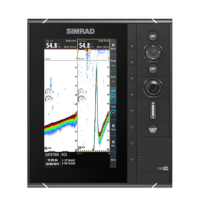
